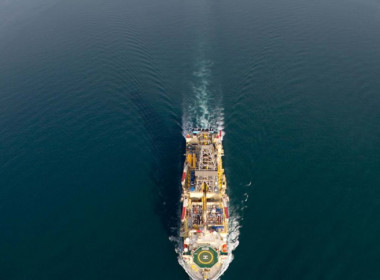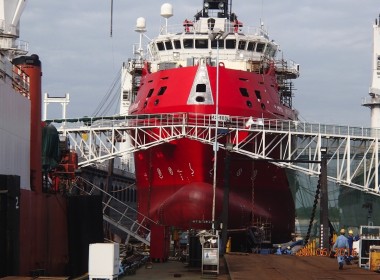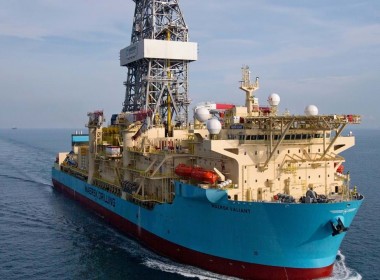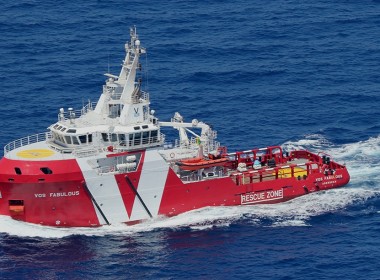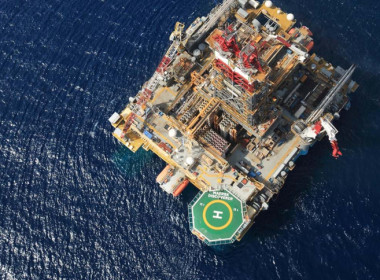COLUMN | Sale of the century: DOF, Vroon, Swire, Maersk and POSH shrink too – Part two [Offshore Accounts]

In Part One (here) we looked at how the biggest names in the offshore sector, Tidewater and Bourbon have drastically shrunk their fleets in the face of pressure from investors tired of idle vessels bleeding cash in the multi-year downturn. We saw banks rushing to auction offshore assets for pennies on the dollar, and marvelled at the bargains to be had in an industry where the main buyers of tonnage are little known Chinese and Indian companies.
Swire, Maersk, DOF and POSH also “right-sizing”
It is not just Tidewater and Bourbon shrinking; just about every other player in the industry is getting smaller. In June, Maersk Supply Service sold two 17,500kW anchor-handling tug supply sister vessels Maersk Advancer (built 2004) and Maersk Asserter (built 2004) to the Turkish owner of floating power-barges, Karadeniz. In total, since 2016, 26 platform supply and AHTS vessels have left Maersk Supply’s fleet, leaving only 41 vessels remaining.
In its press release on the sale (here), Maersk Supply’s chief commercial officer Carsten Gram Haagensen commented, “As a response to the recent downturn in the oil and gas industry (Editor’s note: “recent” being over five years), we have re-evaluated our fleet composition and future fleet deployment. As we expect insufficient commercial opportunities for Maersk Advancer and Maersk Asserter, we have concluded that a sale of these assets is the most attractive solution. With this, we continue to take active steps to right-sizing the supply side of the market that the OSV industry needs for a sustainable recovery.”
Quite how selling vessels rather than scrapping them “right-sizes” the market is not clear, let alone where “sustainable recovery” will come from, but at least these large anchor handlers weren’t accidentally sunk by Maersk, unlike three previous sales candidates from the company’s fleet in 2016 (here).
Swire sells treasure finding ship for small change
Swire Pacific Offshore continued with its asset disposal programme by selling off another five vessels in August. At the end of 2015, the company had a fleet of 92 vessels (here). After these five sales, the fleet will stand at just 67, based on the interim 2020 report boat count. Two of the ships were the remnants of the former subsea business Swire Seabed, which was closed in November 2019.
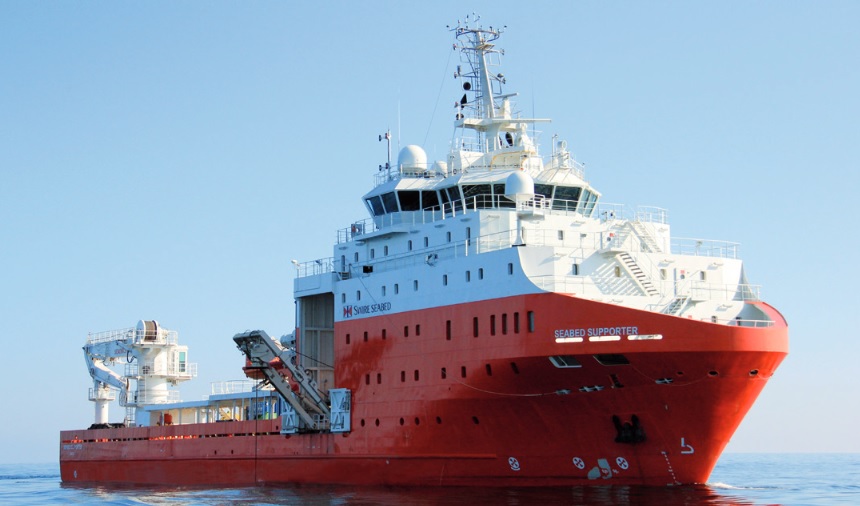
Braemar ACM reported that the 2013-built subsea construction vessel formerly known as Seabed Supporter was actually sold back to the original owner and builder, the Norwegian businessman Hans Gravdal who had flogged Swire the Seabed business, including the ship, in the first place. Gravdal apparently paid approximately US$8.5 million for it, Braemar said.
Fearnleys has reported that another Swire Seabed relic, Pacific Worker, formerly Seabed Worker, famous for the deepwater recovery of the US$64 million in silver bars aboard the sunken World War II wreck Gairsoppa earlier this decade (here), has been sold to Next Geophysical. The Norwegian brokers state that the ship has been renamed NG Worker and that her two ROVs were included in the deal.
Smaller and older tonnage sold by Swire
Like Tidewater and Bourbon, Swire also disposed of two smaller vessels from its fleet in the most commoditised segment of the market – selling the 3,700kW, 60-tonne bollard pull anchor handlers Pacific Petrel and Pacific Parakeet. One was bought by Egyptian interests, and the other was purchased by Prantik Singapore and renamed Prantik Sarwar.
The final vessel in the quintet sold by Swire was the DP2, Fifi1 UT755-L PSV Pacific Askari (3,250 DWT), which was built in 2006, so will be due an expensive special survey next year. Pacific Askari was bought by Hermes Offshore after the completion of a term charter in Qatar, and was renamed Aina by the buyers, Braemar said.
Haduco emerges in Vietnam
Heavily indebted Norwegian owner DOF has, like Maersk, also been selling larger, older anchor handlers. Recently Seabrokers reported that DOF closed the sale of the 2002-built, 12,000kW AHTS Skandi Giant to Hai Duong Company, known as Haduco, in Vietnam. This 195-tonne bollard pull AHTS, which was built to the VS 480 design, will be the largest ship in Haduco fleet.
It caps a period of remarkable growth for the privately-owned and secretive Vietnamese owner, which has now surpassed state-owned PTSC Marine as the largest offshore owner in Vietnam. Haduco now operates a fleet of 27 OSVs.
At one point in 2019 Haduco was buying so many laid-up Tidewater vessels out of Africa that it needed to charter a heavy lift ship to bring them to South East Asia. Given the large number of Vietnamese-owned OSVs, and the wide range of tonnage now operated by local players, is hard to see how foreign OSV owners will be able re-establish themselves there, just as cabotage laws squeezed them out of Indonesia.
Kim Heng likes to move it, move it
Like Haduco, Singapore’s Kim Heng has been an aggressive buyer of bargain tonnage from distressed sellers in the downturn as well, through its subsidiary Bridgewater Offshore. In Part One, we saw how the Japanese bank had failed to sell two ships from the bankrupt Teraseas long distance towing joint venture. Bridgewater, however, managed to acquire four ships this year from the collapsed company, including the 9,300kW anchor handling tugs Salvanguard (which was built in 2004) and semi-sister Salvigilant (built in 2007) which were promptly renamed renamed Bridgewater 160 and Bridgewater 161. The Edge newspaper in Singapore reported (here) that the price for the two vessels was US$4.8 million together, en bloc.
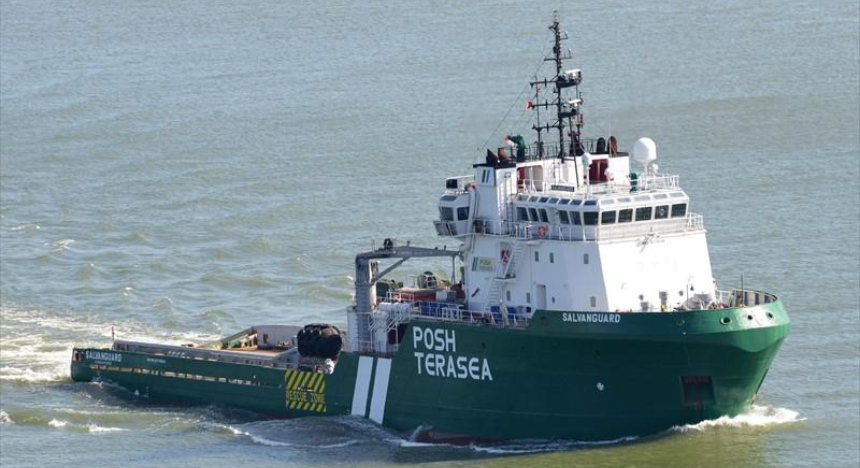
Bridgewater had also apparently paid US$5.2 million for the 8,900kW Salveritas and Salviceroy from Teraseas, which have now become Bridgewater 163 and Bridgewater 168.
Kim Heng now has eight anchor handlers in its fleet, all acquired at depressed prices from established players. When there has been blood in the water, Bridgewater has moved quickly to acquire ships. In May 2018, Kim Heng purchased the 4,400kW AHTS vessel Pacific 8 for just US$492,000 from the ruins of Ronnie Sudjaca’s Pacific Richfield empire, and renamed it Bridgewater 80. Then, Kim Heng moved to sweep up three 8,000kW AHTS vessels from Swiber Holdings, whilst Swiber was under judicial management; Swiber Else, Swiber Anne Christine, and Swiber Mary Ann, for US$3.3 million each.
In a statement, Kim Heng said that, “the aim of Bridgewater Offshore is to invest for the future in cycle positioning so as to take advantage of buying distressed assets at significant bargains with the right value.”
Sounds like a solid strategy, Thomas Tan.
Scrap is also an option
We have seen billions of dollars of rigs be sold for scrap. Valaris recently sent three modern DP drillships aged ten years or less to be scrapped in Turkey: Valaris DS-3, Valaris DS-5 and Valaris DS-6.
When they were built at Samsung Heavy Industries in Korea, the rigs cost around US$750 million each. Now they will have fetched one per cent of that newbuild cost after years of cold stack in the Canary Islands. Valaris has been under Chapter 11 bankruptcy protection since August (here) and clearly sees now little prospect of future work for the expensive vessels.
Now, we are finally seeing similar despair from offshore owners. As well as selling Skandi Giant to Haduco, DOF has signed an agreement with a ship recycling yard in Turkey to dispose of, in an environmentally friendly manner, the 3,350DWT PSV Skandi Hav, which was built in 1983. Like the Valaris rigs, it too has been laid up in Las Palmas, after completing a contract in Brazil.
Following it up the slip to the cutters in Turkey was the 10,439kW, 180-tonne bollard pull, North Sea stalwart AHTS, Highland Courage, sold for scrap by Tidewater. Highland Courage was built 2002 and has been laid up since 2016.
Vroon scraps big in the Netherlands
The biggest scrapper of recent weeks, though, has been Dutch owner Vroon Offshore Services, a ward of its European banks, which announced (here) that it has decided to dispose of three PSVs. Like Maersk, it claimed that this was part of a plan for “right-sizing” its offshore fleet. VOS Power, VOS Producer and VOS Prominence, were built in 2006 and 2007 and have been in long term lay-up.
The company said that the three PSVs “will be repositioned from Harlingen to a specialised Dutch ship-recycling facility during the second half of this month. Here they are said to be dismantled in full compliance with both EU/national laws and all applicable international regulations and guidelines… and components and materials will be recovered in a safe and environmentally sound manner for re-processing and re-use to the largest extent possible.” Very much in keeping with the spirit of the age.
Plenty more where they came from
Vroon still has a fleet of 17 remaining PSVs, seven subsea vessels, 20 low-end anchor handlers of 3,700 or 4,400 kW, and another 38 North Sea standby vessels, many of which are over thirty years of age. So, plenty of recycling opportunities remain. Full Vroon fleet list is here.
Conclusion: New players, leaner cost structures, the bottom has arrived
Finally, the outlines of the new offshore industry are starting to emerge. The big international players are shrinking and will continue to shrink. Many have not yet shed their onerous debt loads and revalued their assets to current market conditions (thinking of MEO, Pacific Radiance and POSH in Singapore, DOF and Havila in Norway, and Vroon). They are focused on squeezing cash from the business, reducing overhead and living within their means. Do not expect to see any newbuild OSVs for quite some time.
Meanwhile, aggressive local and regional players are feasting on the discarded assets which the big boys bought at the top of the market and are now selling for cents on the dollars. In Vietnam, this means Haduco, in Singapore, Kim Heng, and in the Middle East, Allianz – the UAE boat company, not the German insurer.
Offshore is yesterday’s news, and everyone is washing their hands of association with five years of financial catastrophe. New and better investments beckon, even if OSV assets are cheaper than ever and even if charter rates seem to have lurched to the bottom with only upside left.
The wind bubble continues – Swire to unleash “unseen capacities”
If there has never been a better time to buy an OSV at a bargain price, there has probably never been a worse time to buy offshore wind assets on the logic of market cycles. As we have highlighted (here), there is a frothy market developing in the offshore wind turbine installation vessel market, as everyone from Scorpio Bulkers to OHT, Boskalis and Triumph, and three quarters of the Norwegian investing community, has identified the same gap in the market, and the same “huge” opportunity to fill it.
Now, another player has stated its intention to invest in an additional one or two high-specification jackups, which it claims will be fitted “with capacities unseen in the industry up to now”. Having written off over a billion dollars in the last five years through ill-timed investments in OSVs, Swire is now ready to splash out another few hundred million on a WTIV or two, just as the market reaches a frenzy.
Bespoke design WTIV with multiple customisations
“I am proud to announce that our organisation has put in the hard work to understand the challenges the industry faces, and is now equipped to deliver a solution which will prevent a supply chain bottleneck when new turbine models reach the market in the mid-2020s,” declared Mikkel Gleerup, Swire Blue Ocean’s CEO in a press release (here).
The company went on to boast that it had “shortlisted several leading international shipyards for the order,” and that the vessels would be “a bespoke version of the NG-20000X-G design, with multiple customisations based on SBO’s decade of experience in the industry.”
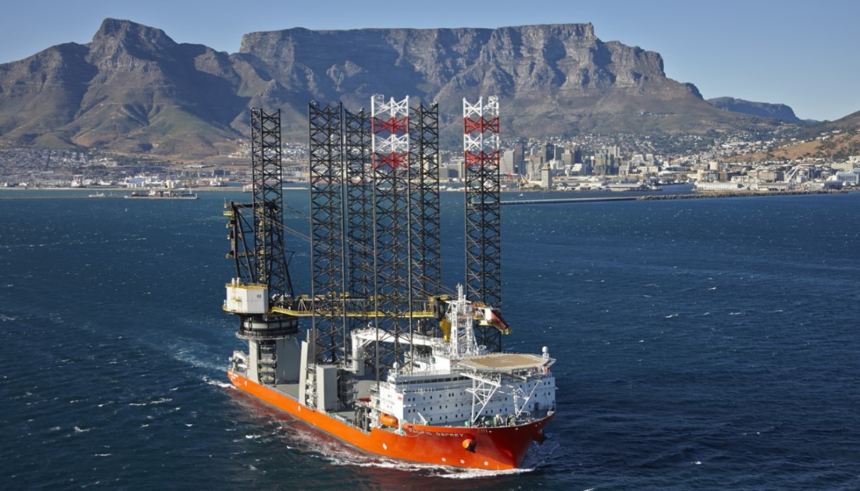
Swire crane upgrades to match Fred Olsen
At the same time, Swire Blue Ocean announced it was upgrading the cranes on its existing two WTIVs, Pacific Orca and Pacific Osprey, to 1,600-tonnes lifting capacity, the same upgraded capacity which Fred Olsen Windcarrier announced a few months ago for its Bold Tern WTIV. The Swire WTIVs will receive their upgraded cranes at the end of 2023, highlighting the huge supply chain bottlenecks in lifting equipment for the WTIV market.
Let’s hope it doesn’t end in tears. This time it’s different, right?


